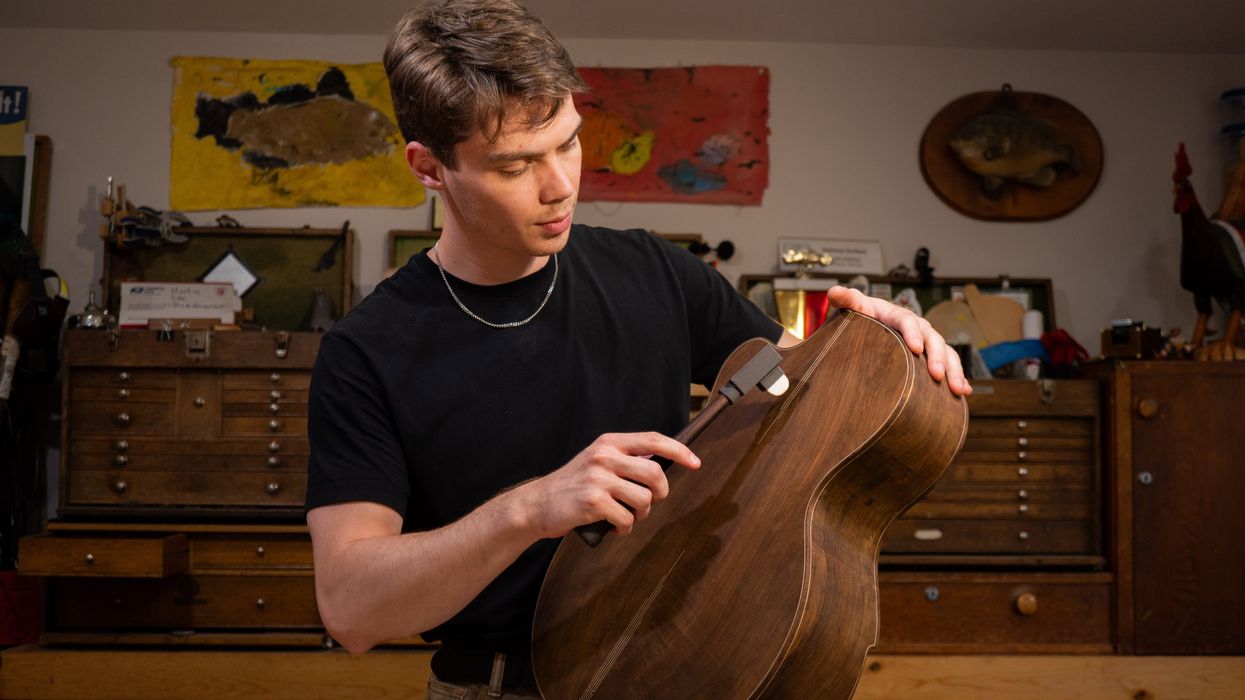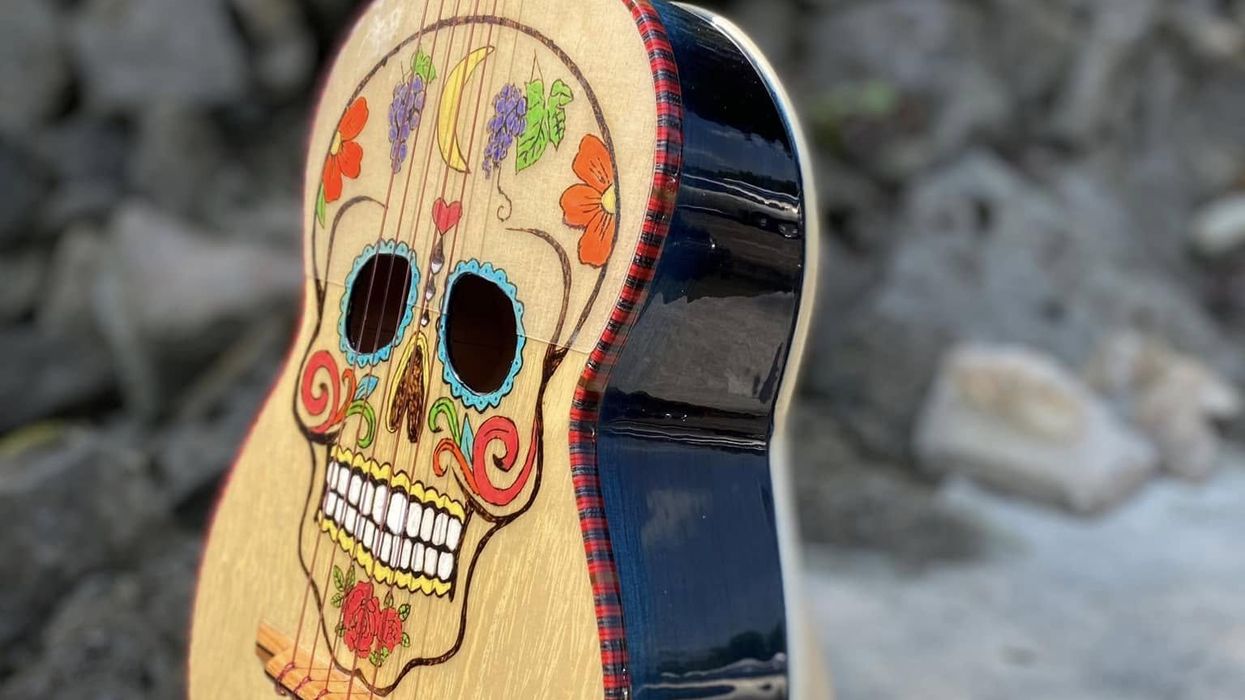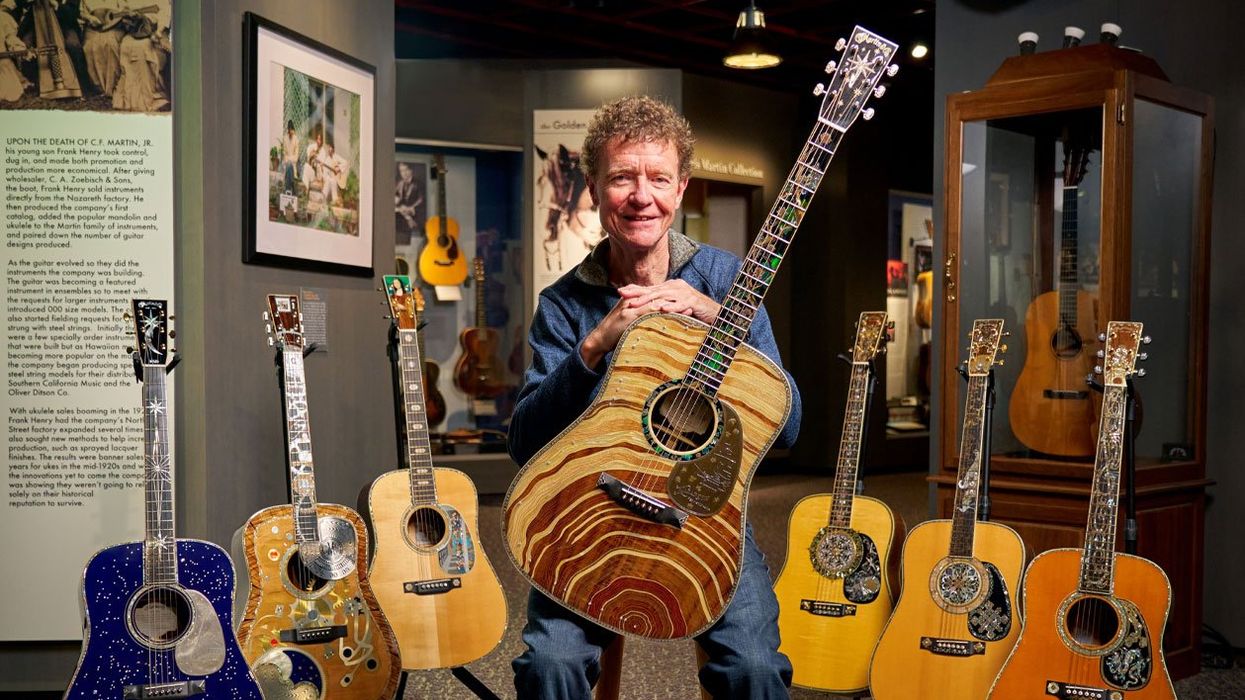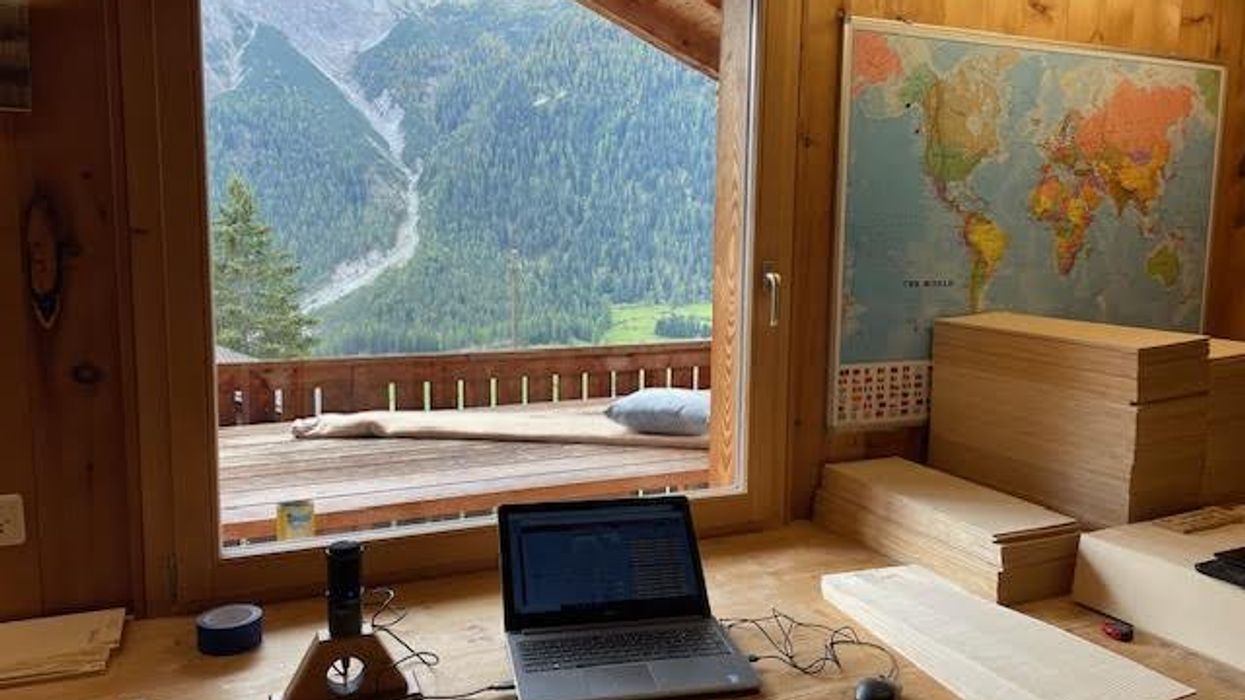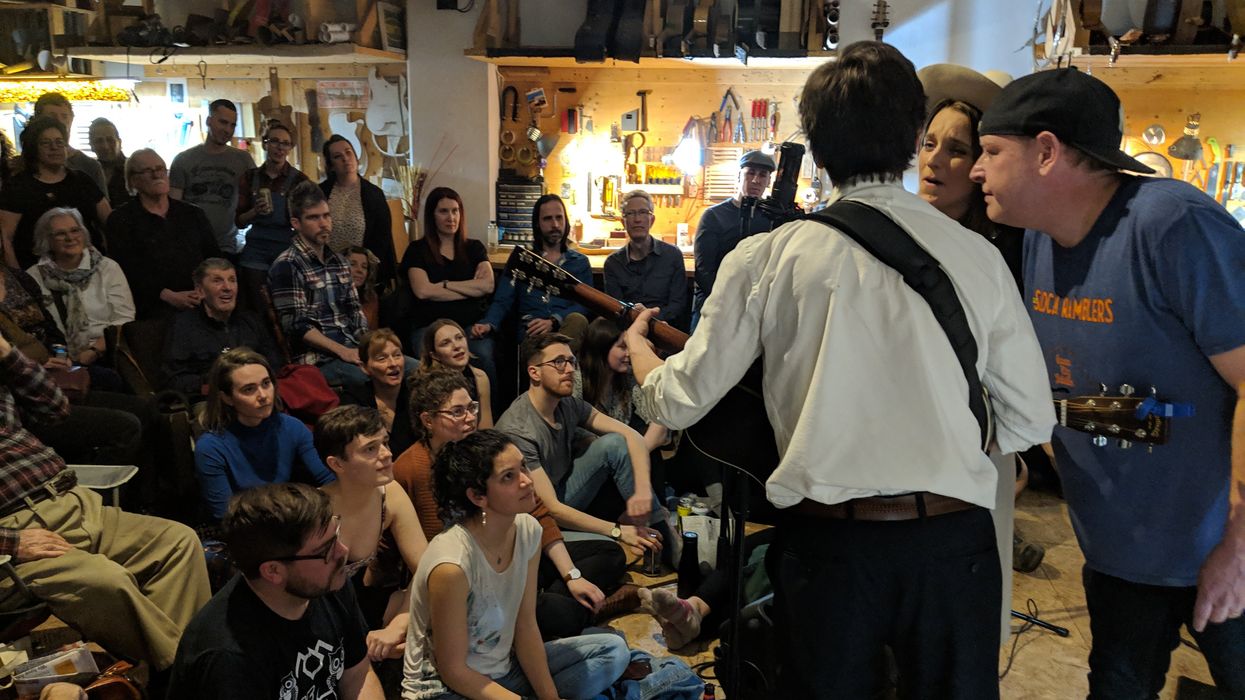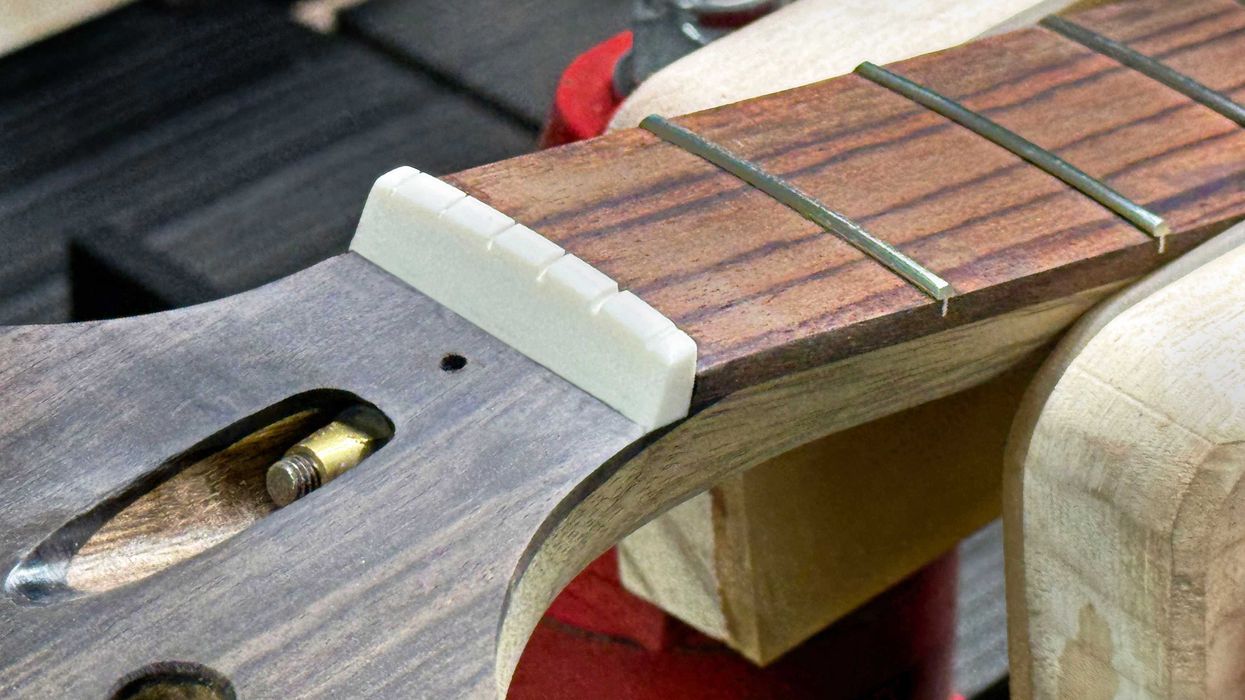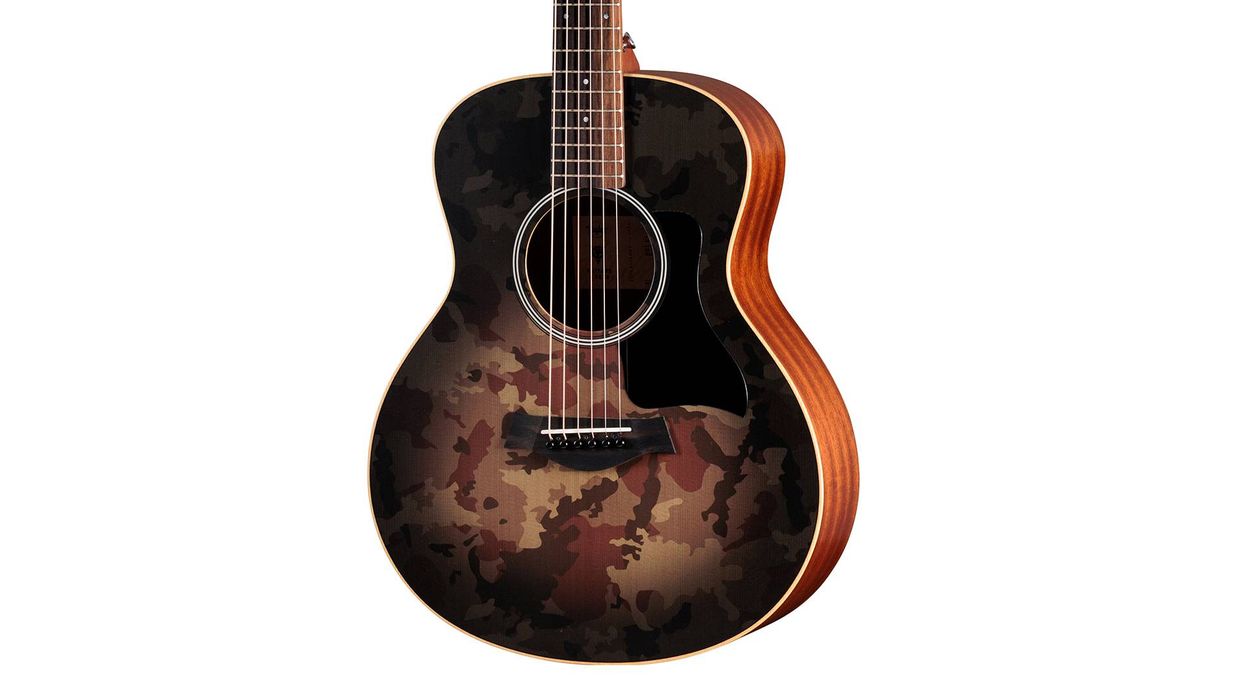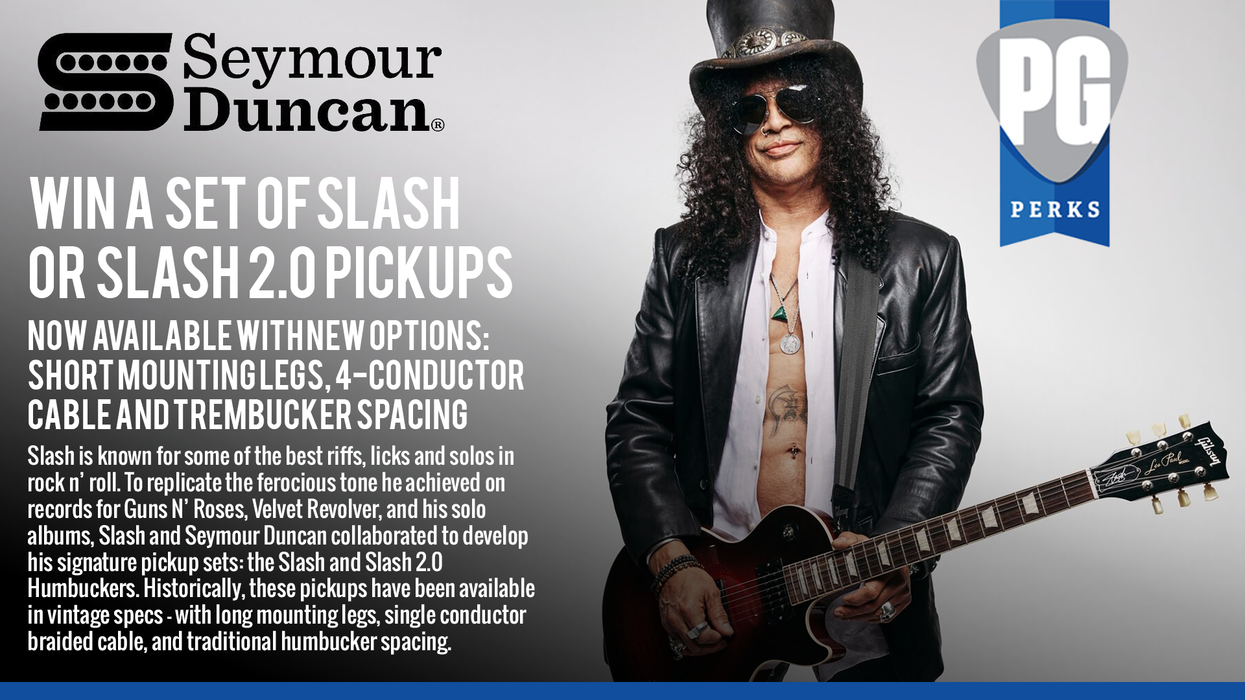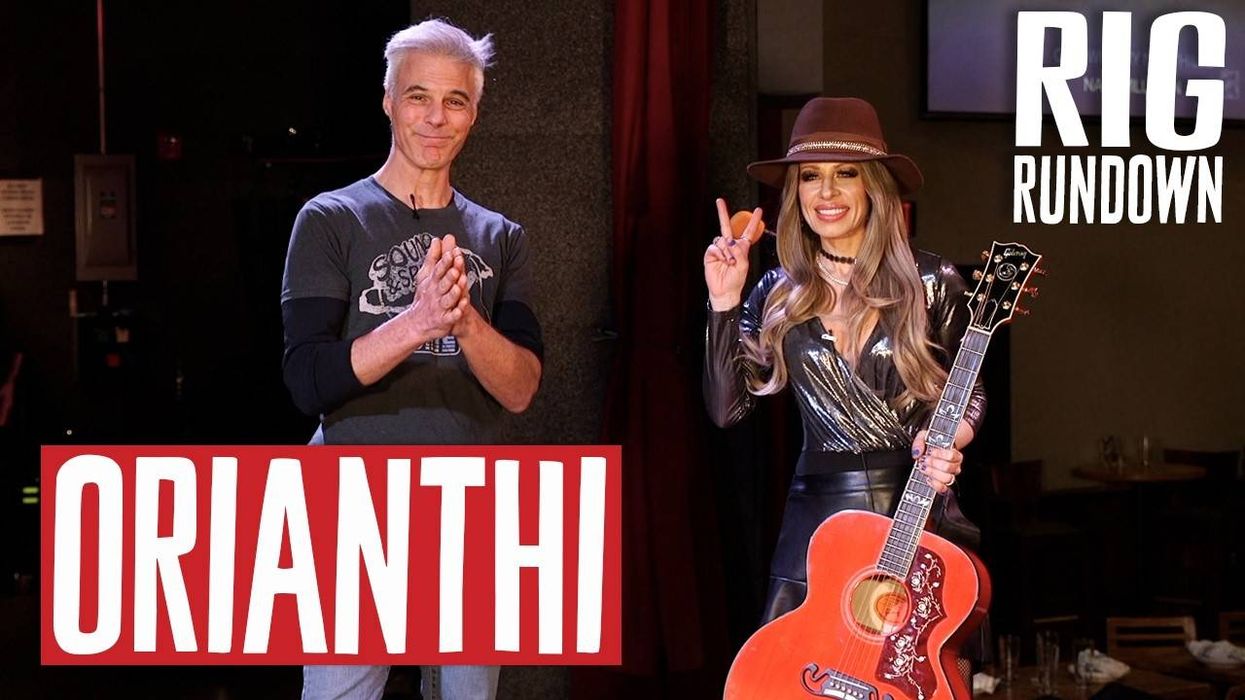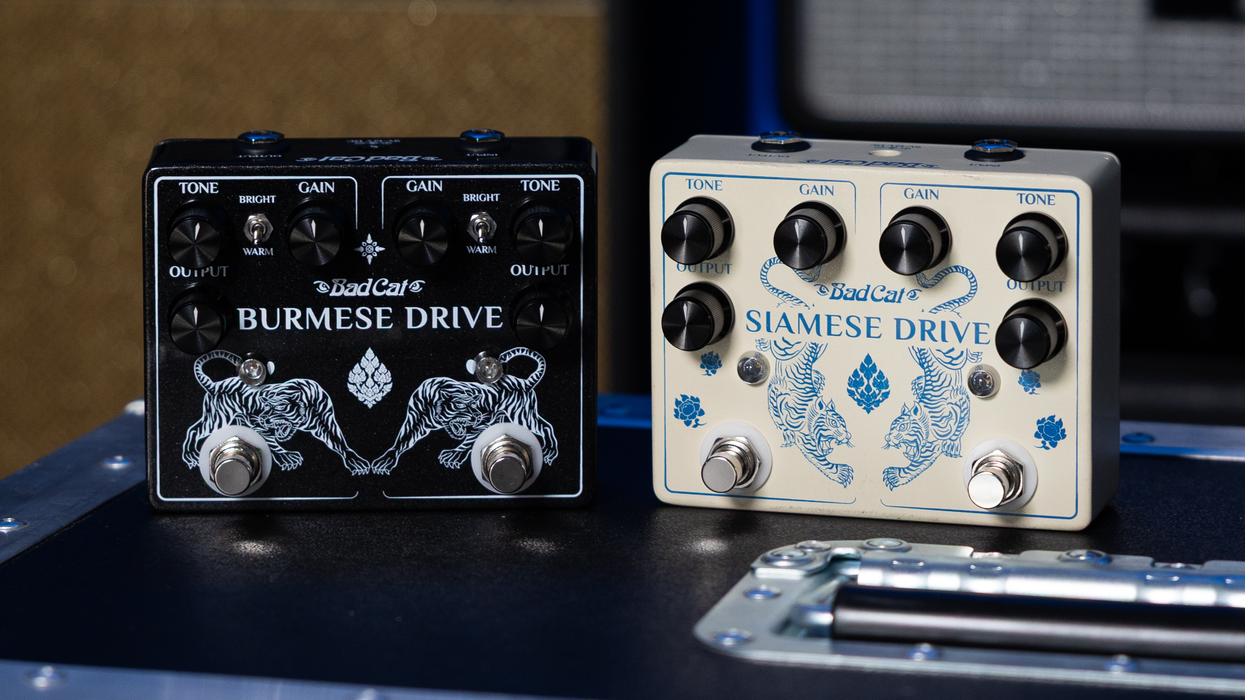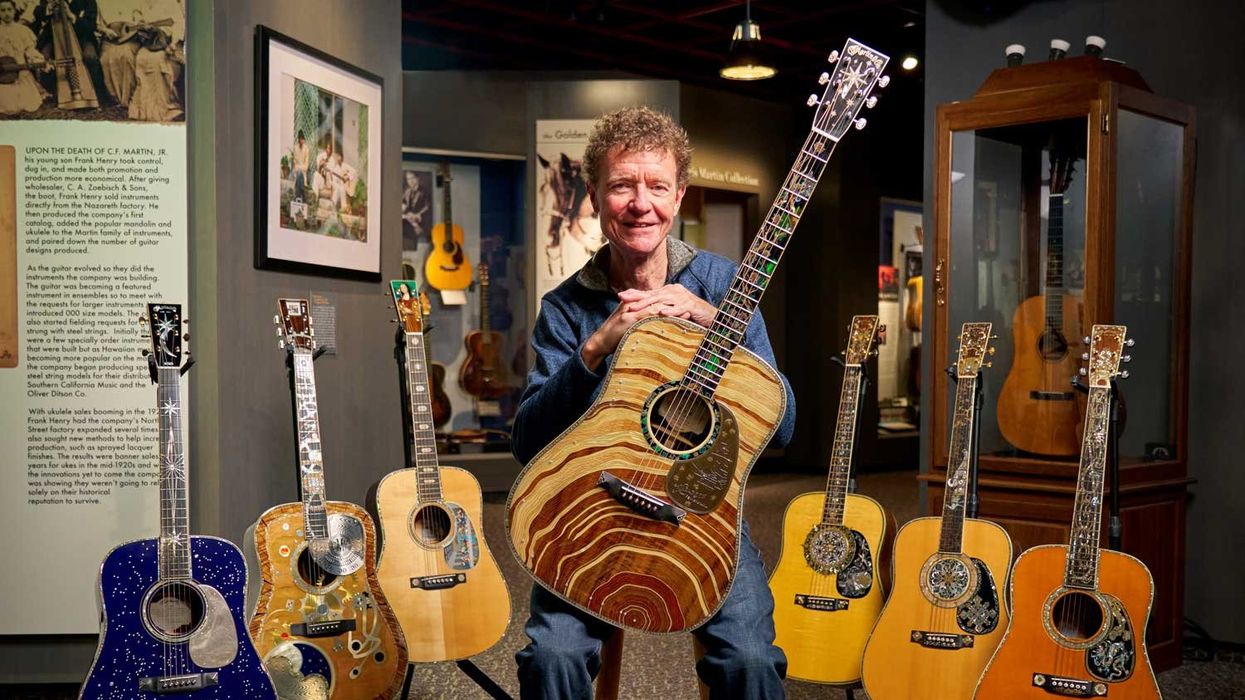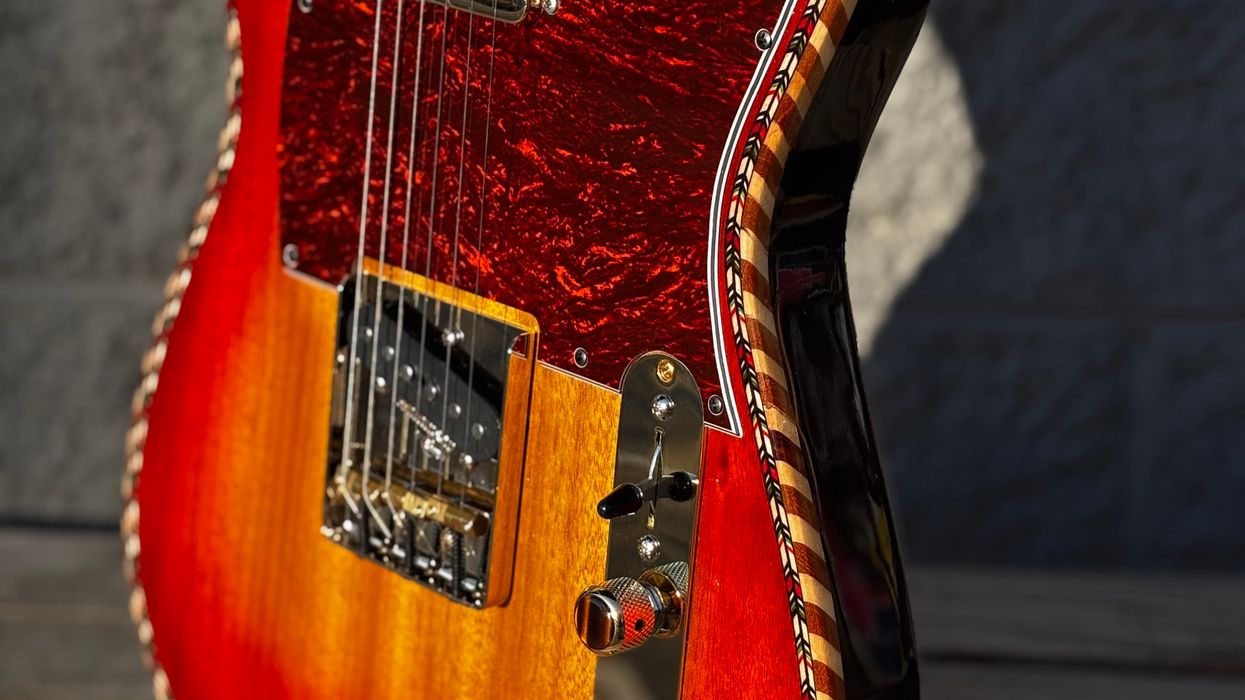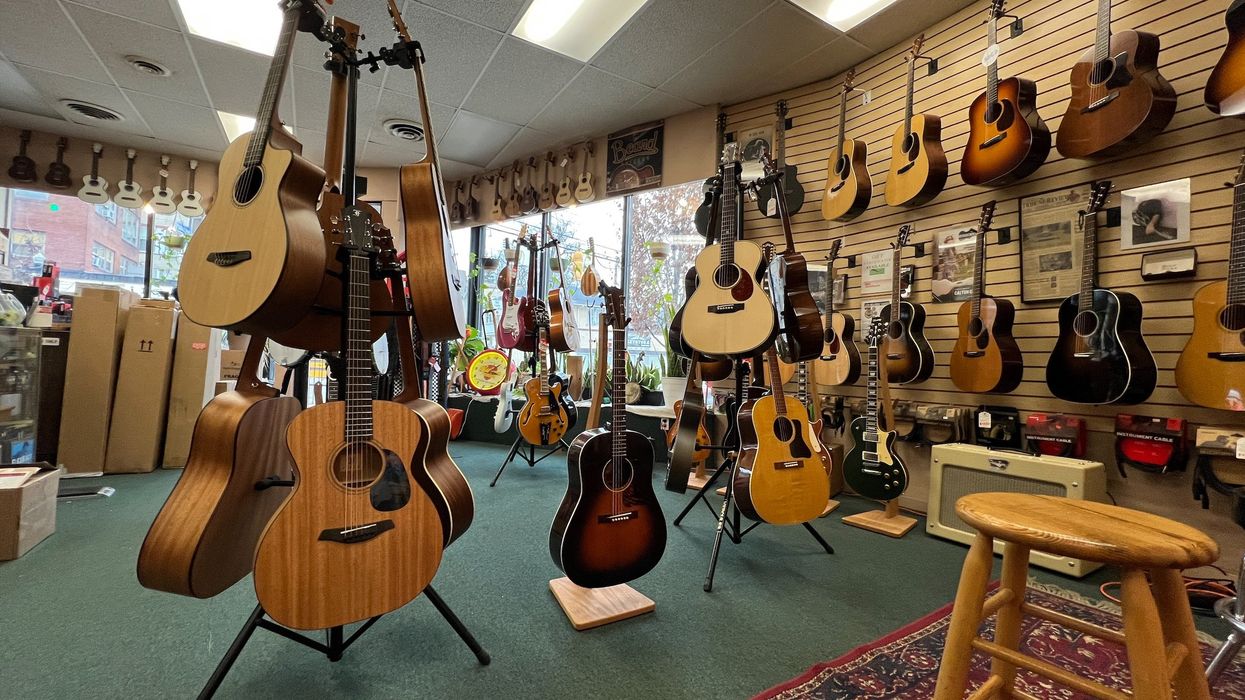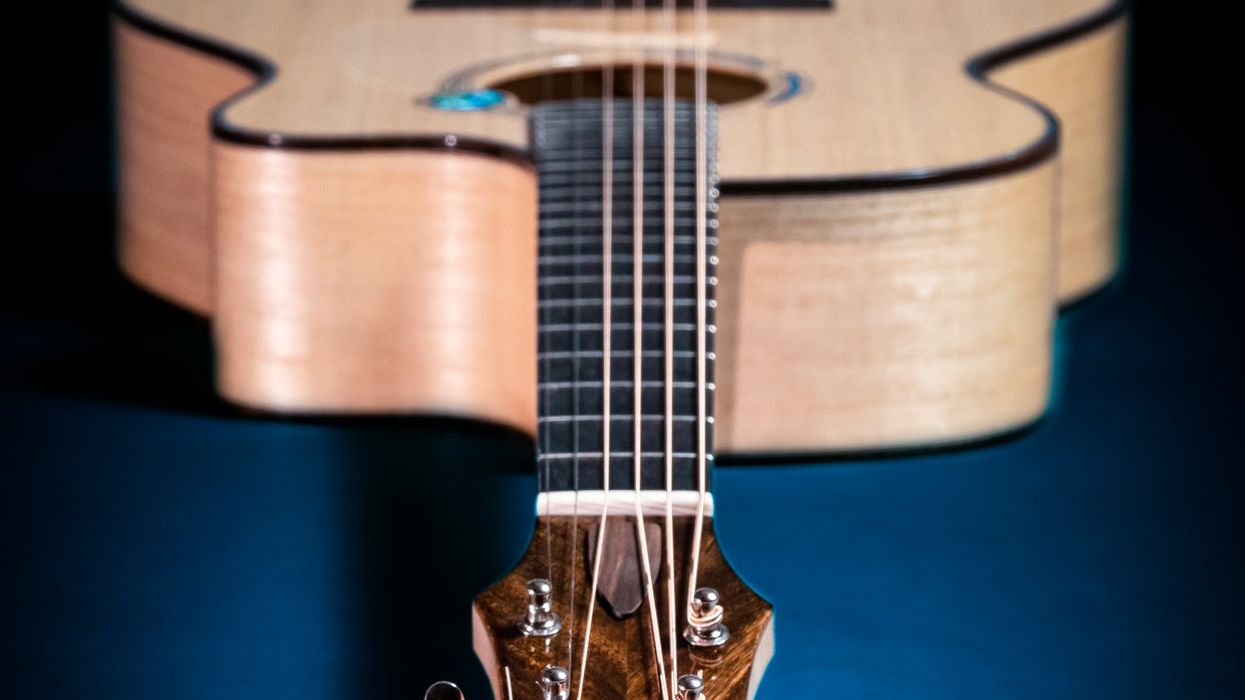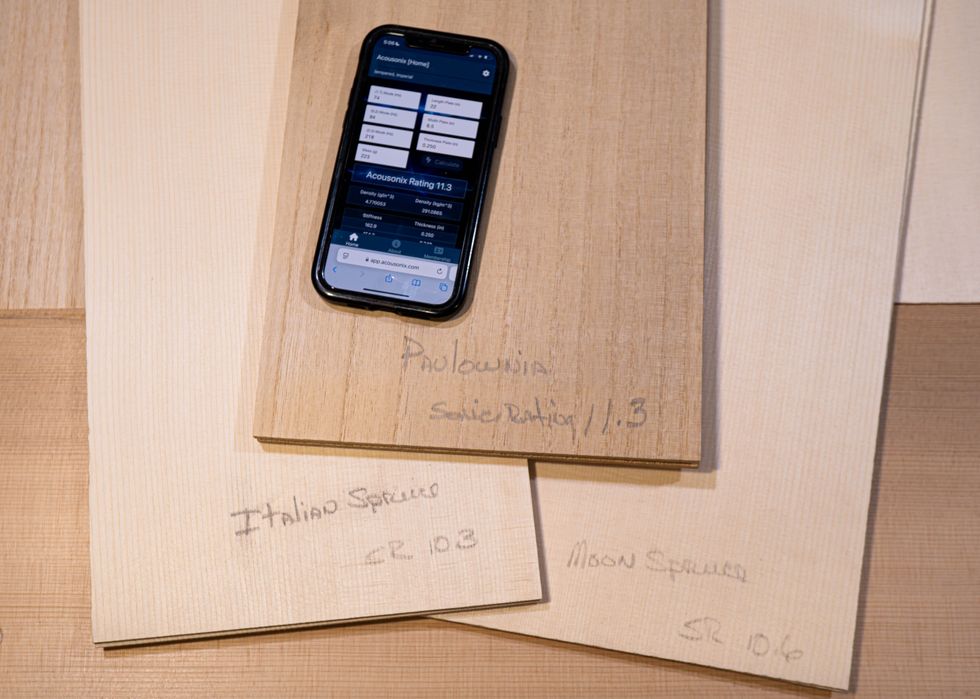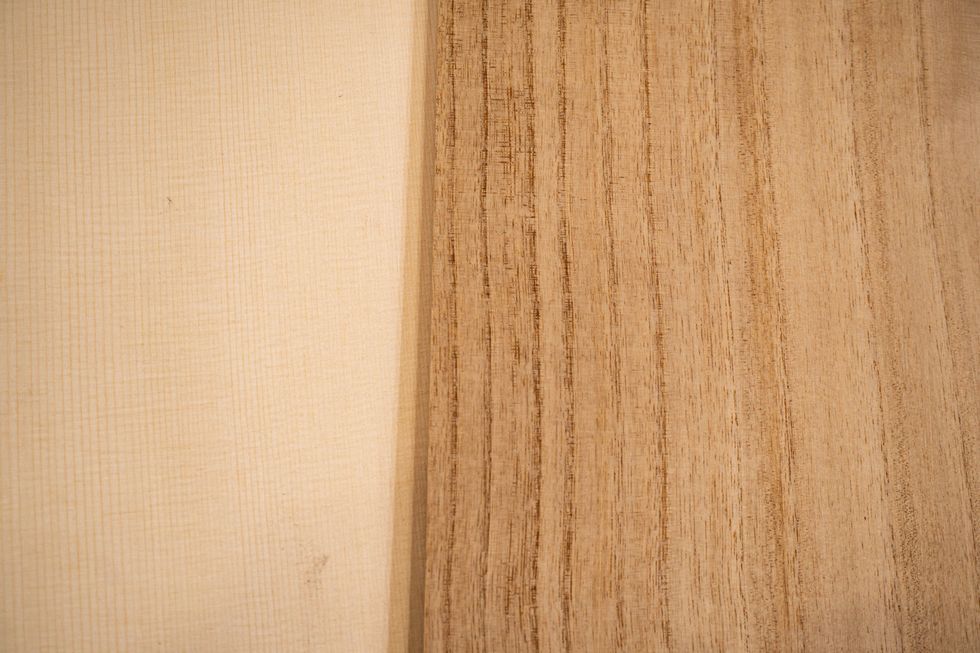As musicians, we tend to put most of our mental energy into the “next thing”: that next song, show, tour, or piece of gear. The beauty of music-making is that there is always somewhere new to go, but it’s also important to remember that we all came from somewhere. In this column, I connect with some excellent acoustic players about the places that shaped their playing and their craft, where they started and where their music has taken them.
Micah Blue Smaldone
Micah Blue Smaldone has a story that in many ways mirrors my own. Growing up in the pleasant (but less-than-stimulating) atmosphere of a quiet New England town, Smaldone found his salvation in skateboarding and punk rock.... Sounds familiar!
Kennebunk, Maine, lit some kind of fire under Smaldone, and the road ever since has been long and winding, indeed. He went from being a founding member of the snappy and provocative punk group the Pinkerton Thugs, to producing a series of beguiling, mostly acoustic solo records that almost exist out of time: His phrases, both vocal and musical, are consistently poetic and graceful.
“The beauty of music-making is that there is always somewhere new to go, but it’s also important to remember that we all came from somewhere.”
After 20 years of continuous touring, Smaldone credits his approach to neither his hometown nor his current digs, where he builds excellent amplifiers under the moniker Arkham Sound in South Portland, Maine. Rather, he says, “The strongest memories are the ones where I felt that I was part of a moment that called upon everyone present. A performer is only part of the equation. Scenes, movements, even just circles of friends who are all feeling something together at a certain time, place, era, stage of life—for me that’s what gives urgency to a musical experience. I am so lucky to have felt that so many times already in my life.”
Micah has reconnected with his roots in a big way in the last couple years, forming the rock trio Wake in Fright and releasing a new eponymous album that offers a set of confident, Clash-inspired tunes that might just get you back in the pit!
Charlie Rauh

Photo by Andrew Golledge
Charlie Rauh didn’t just take the road less traveled; he cut his own very unique path. Growing up in the South, first in Huntsville, Alabama, and then Herndon, Virginia, Rauh began forming his musical personality in the gathering clouds.
“I remember the scent in the air before the intense storms we would get, and the shade of green the sky turned before a tornado. I didn’t play an instrument at this time in my life, but the atmospheric elements of the environment had a massive emotional impact on me.” Nature’s push and pull are all over Rauh’s playing, which centers around a measured, intimate, fingerpicked style that is truly his own. I still have the business card that he gave me when we first met, and the tagline still puts a smile on my face: “Charlie Rauh—Won’t Play Loud. Can’t Play Fast.”
Rauh is now an in-demand session player in his current home of New York City, and recently participated in a first-of-its-kind residency at the Louisiana State University School of Veterinary Medicine. “I was brought in based on my solo guitar work, with the directive of translating the intention of interspecies wellness through my music. The experience was completely life-changing for me, and the music I composed for solo acoustic guitar and 6-piece choir would become my album, Theoria. In addition to performing the music live, I have been presenting guest lectures on the process as well as publishing written pieces and lessons on the process I used to create it. The way I think about music has been deeply impacted by my time spent with the animals and doctors I worked with.”Rosali
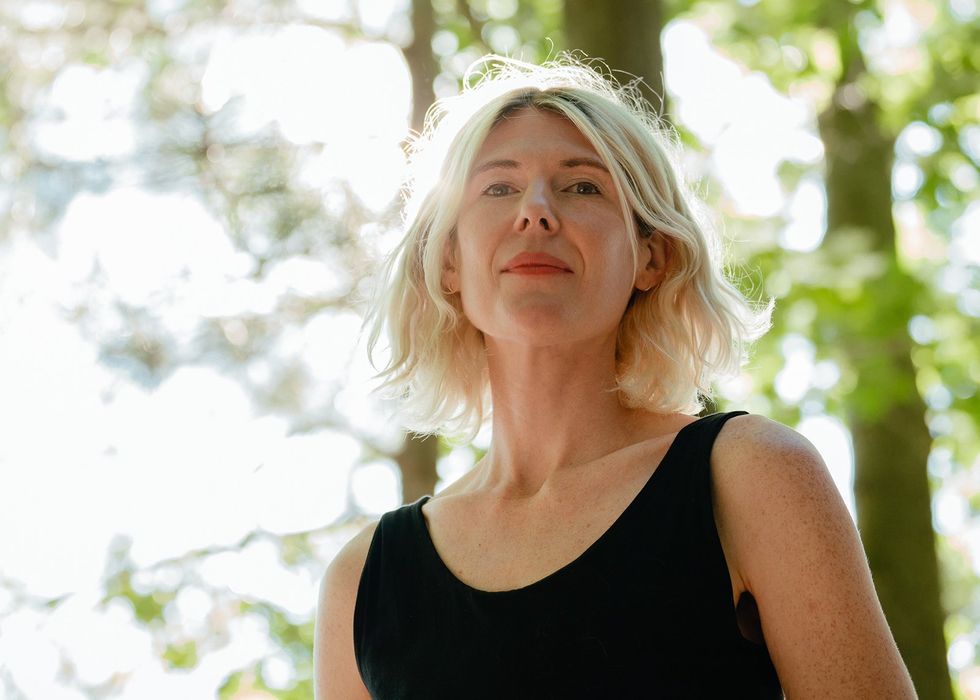
Photo by Jamie Davis
I first became aware of Rosali when she released her excellent second album Trouble Anyway in 2018. This year, her ascension continues with Bite Down, her Merge Records debut. The album is full of masterful melodies, rollicking alt-country backing, and no small amount of artsy, homespun guitar goodness. Originally hailing from Michigan, Rosali considers Philadelphia to be her hometown: “I spent 12 years there—my formative adult years. The scene was cross-genre, tough—in a good way—and psychedelic. So many intelligent players, intricate and also bone-headed. I think there was a beautiful mix of approaches and appreciation for one another, at least in the early days. I think of Jack Rose and Meg Baird, Mary Lattimore, Weyes Blood. I went to a lot of noise and DIY shows in West Philly. Not to mention the energy of the city itself. Just rough and raw and very real. It toughened up this midwestern girl in an invaluable way. I owe a lot to that place.”
James Elkington and Nathan Salsburg
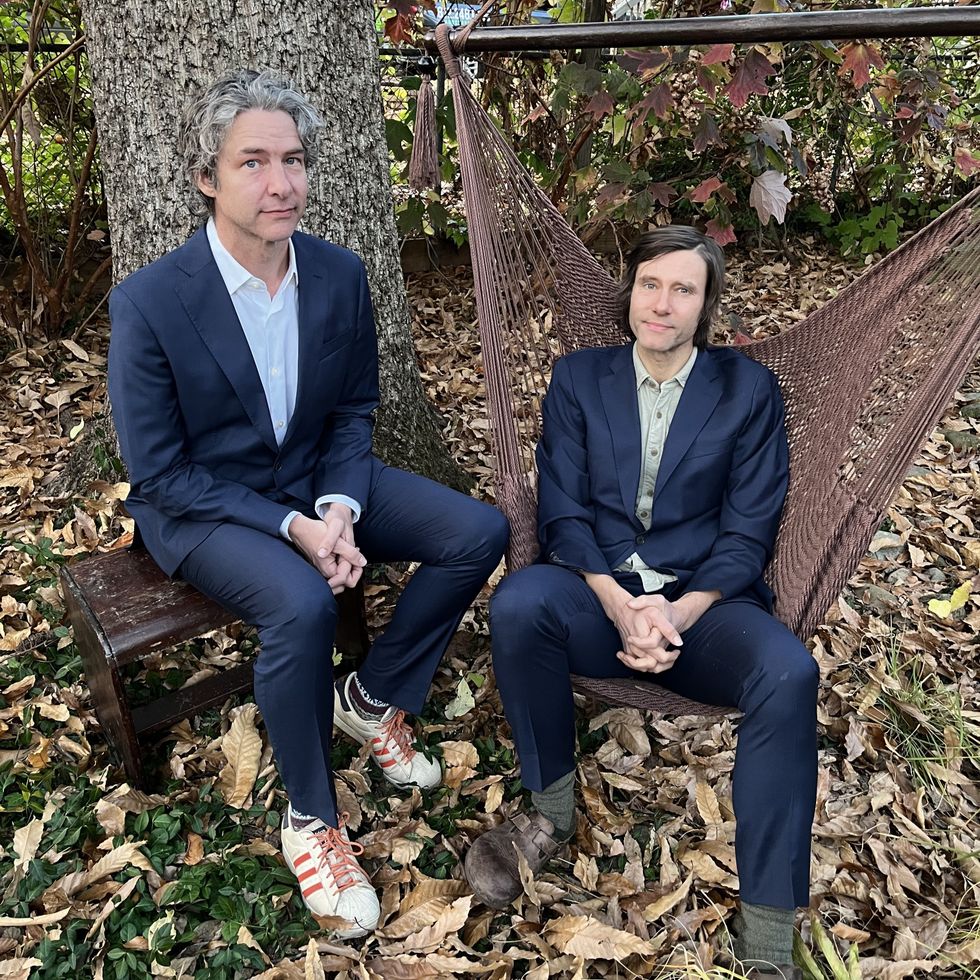
Photo by Joan Shelley
Of all the musicians I spoke to for this column, James Elkington and Nathan Salsburg have probably logged the most miles. Elkington grew up in the English village of Chorleywood, about an hour outside of London, while Salsburg spent his youth in Louisville, Kentucky. To date, the pair have produced three outstanding records of guitar duets (their latest, All Gist, is out now), and have also collaborated on several albums for Joan Shelley, a top-tier singer-songwriter who happens to be married to Salsburg.
Despite musical excursions in and out of London from the age of 16, Elkington’s imagination was truly captured by the Chicago scene of the early 2000s, with bands like Gastr del Sol and Tortoise being his guiding lights.
“I had got it into my head that Chicago was a musical wonderland where everyone played on each other’s records and labels really supported each other, and when I came here that turned out to be sort of true.” Indie music in Chicago is historically known for being some shade of “post”—post rock, post hardcore, etc.—but Elkington’s expansive playing takes in the past, present, and future. He can effortlessly conjure contrapuntal folk baroque, fuzzy, abstract expressionism, and pretty much everything in between! Elkington carries the musical influences of his place of origin, as well as those from his current home, with equal aplomb.
The connection that Elkington found with Nathan Salsburg is of a rare and wonderful kind. Like Elkington, Salsburg is something of a musical polymath. He came up in the vibrant punk and post-rock scene of ’80s and ’90s Louisville, where bands like Slint, Rodan, and Squirrel Bait were redefining rock for a new generation. All the while, Salsburg was absorbing the Bob Dylan, Mississippi John Hurt, and Dave Van Ronk records played by his parents. After stints in a handful of local bands and a few years in New York City, Salsburg returned to Louisville with “a desire to make music with focus, rigor, thoughtfulness, and peace of mind.” He developed a highly melodic and animated fingerpicking style that has put him at the top of his class in the world of guitar soli.
But if one guitar is great, can’t two be greater? Enter Elkington, and a wonderful partnership was born. Not since John Renbourn and Stefan Grossman have two players cooked up such a heady brew of English and American folk-guitar concepts, and the transcribers of the future will surely be scratching their heads trying to untangle Elkington and Salsburg’s playful, harmonically dense lines.
Whether we realize it or not, the places we are from, the places where we are, and the places that we’re going play a huge role in the music we make. We can even look at our individual journeys like we might look at the structure of a song. Is your hometown the intro, the overture, or is it actually the theme that runs through the whole piece? Is your song carefully composed, or are there a few extended improvised sections? How different will the ending be from the beginning? To paraphrase author Jon Kabat-Zinn, “Wherever we go, there we are.”


